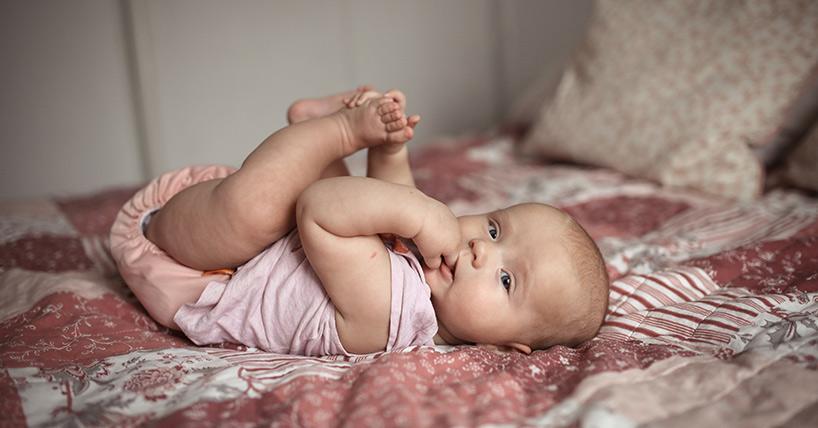
Babies born with DNA from 3 people in UK
In a groundbreaking medical breakthrough, eight babies have been born in the UK through a revolutionary IVF technique that combines the DNA of three individuals. This innovative method, known as mitochondrial donation, aims to prevent the transmission of genetic disorders caused by faulty mitochondrial DNA.
Mitochondrial DNA, responsible for powering the cells in the body, plays a crucial role in ensuring the proper functioning of organs and tissues. However, when this DNA carries mutations, it can lead to a range of serious health issues, including muscular weakness, blindness, and even premature death.
To address this problem, scientists have developed a novel approach that involves replacing the faulty mitochondrial DNA with healthy DNA from a donor woman. This process, known as mitochondrial donation, involves combining the egg and sperm of the parents with a second egg from the donor woman. The resulting embryo is then transferred to the mother’s womb, where it develops into a healthy baby.
The first four babies born through this technique were delivered in 2016, and since then, a total of eight babies have been born in the UK using this method. This significant milestone marks a major breakthrough in the field of reproductive medicine and offers new hope to families affected by mitochondrial disorders.
The concept of mitochondrial donation is not new, but the development of this technique has been a long and complex process. Researchers have had to overcome numerous challenges, including the need to create a new laboratory procedure for combining the DNA of the three individuals. Additionally, the technique has been subject to rigorous ethical and regulatory scrutiny to ensure its safety and efficacy.
The UK’s Human Fertilisation and Embryology Authority (HFEA) has approved the use of mitochondrial donation in clinical practice, and the first babies born through this technique were conceived at Newcastle University’s Centre for Life, in collaboration with the University of Edinburgh.
Professor Mary Herbert, a leading expert in reproductive biology and a founder member of the Centre for Life, said: “Mitochondrial donation is a game-changer for families affected by mitochondrial disorders. It offers a chance for these families to have healthy children, free from the risk of inheriting these devastating conditions.”
The technique has also raised hopes for the treatment of other genetic disorders, including conditions such as muscular dystrophy and Leber’s hereditary optic neuropathy.
While the news of babies born with DNA from three people may seem unconventional, the benefits of this technique are undeniable. By replacing faulty mitochondrial DNA with healthy DNA, the risk of transmitting genetic disorders is significantly reduced, offering new hope to families affected by these conditions.
As the science continues to evolve, it is likely that we will see more innovations in the field of reproductive medicine. The use of mitochondrial donation is just one example of how scientists are working to improve our understanding of human biology and develop new treatments for genetic disorders.
In conclusion, the birth of eight babies in the UK through mitochondrial donation is a significant milestone in the field of reproductive medicine. This groundbreaking technique offers new hope to families affected by genetic disorders and marks a major breakthrough in the development of innovative treatments for these conditions.
Source: https://www.ncl.ac.uk/press/articles/latest/2025/07/mitochondrialdonationtreatment/






